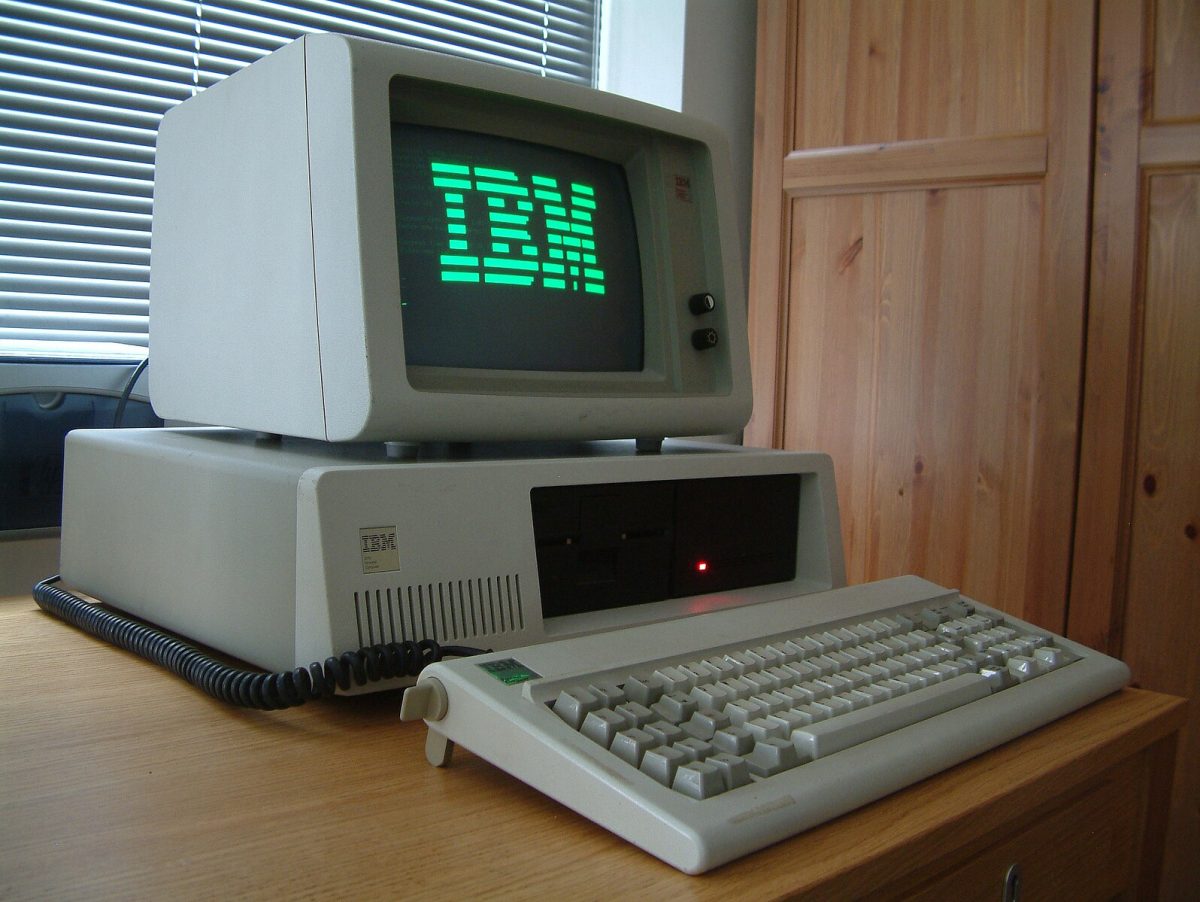On Feb. 28, the S&P 500 Index had its fastest market correction in history.
Coronavirus fears have spread over the past few weeks, as countries across the world became infected with the novel disease.
The virus first reached the United States a few weeks ago, and now the Centers for Disease Control and Prevention is reporting that the virus has infected its first U.S. patient through community spread.
As the coronavirus continues to spread, uncertainty in the markets has risen.
Analysts expect there to be several EPS downward revisions in the coming months for companies that do business in China.
For example, big tech companies such as Microsoft Corp. and Apple Inc. have both said they expect revenues to lag in the near future as the virus continues to spread globally.
Even less-volatile industries, such as utilities and consumer defensive sectors, saw losses over the past few days.
Each of the eleven sectors that make up the S&P 500 have now posted losses since the start of the new year.
As investors pulled their money from the U.S. equity markets, they invested in U.S. treasuries.
U.S. treasuries are seen as a safe haven for investors to park their money.
On Feb. 28, American 10-year treasury yields hit an all-time low of 1.26%.
With regards to commodities, only gold was trading up.
Gold, which is also considered a haven asset, closed the day up a quarter of a percent.
Meanwhile, industrial commodities such as oil, copper, nickel and zinc were trading lower as a glut of supply has coincided with lower demand coming from China, where these commodities are mostly utilized, leading to a heavy drop in price.
Whether or not this is just a short-term correction or if the United States is heading toward recession is tough to say.
A good indicator to look at to answer this question is the spread or difference between long term and short-term treasury yields.
Usually, short-term treasuries — between one month and two years — yield less than longer-term treasuries because they are seen as less risky.
However, when short-term treasuries yield more than long-term treasuries, that’s a yield curve inversion, which signals an incoming recession.
Of the 10 past recessions, nine have been preceded by an inverted yield curve.
This past month, the 10-year minus 3-month yield spread went into negative territory and the yield curve inverted.
As of Feb. 28, the spread between the 10-year and 3-month treasury yield was -17 basis points.
One thing that will likely be done to spur economic growth is that the Federal Reserve will lower its interest rate target range.
The market-based probability of a 50 basis point rate cut at the next Fed meeting is 95%.
However, whether or not this rate cut will be able to counter the effects of coronavirus has yet to be seen.






